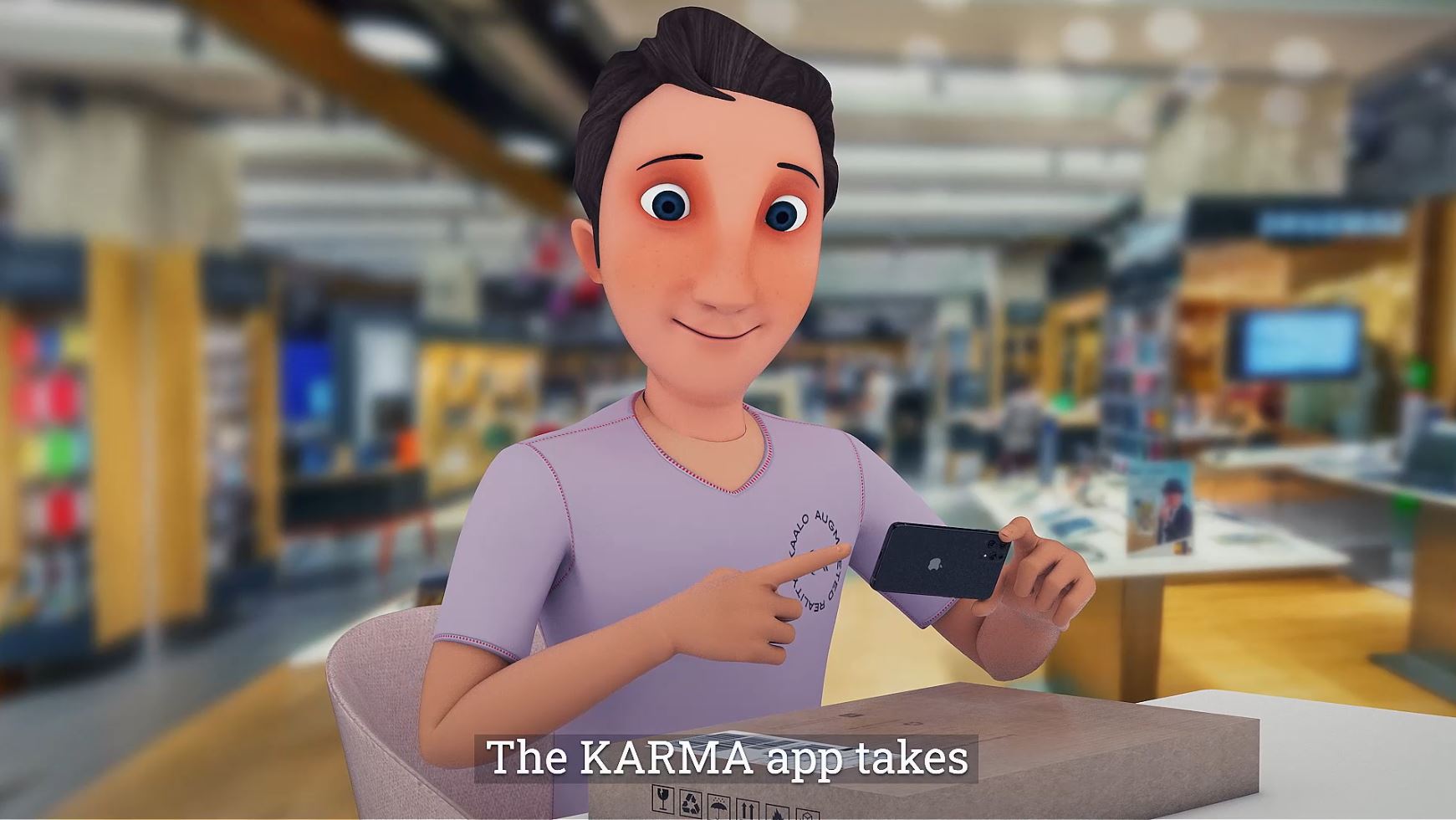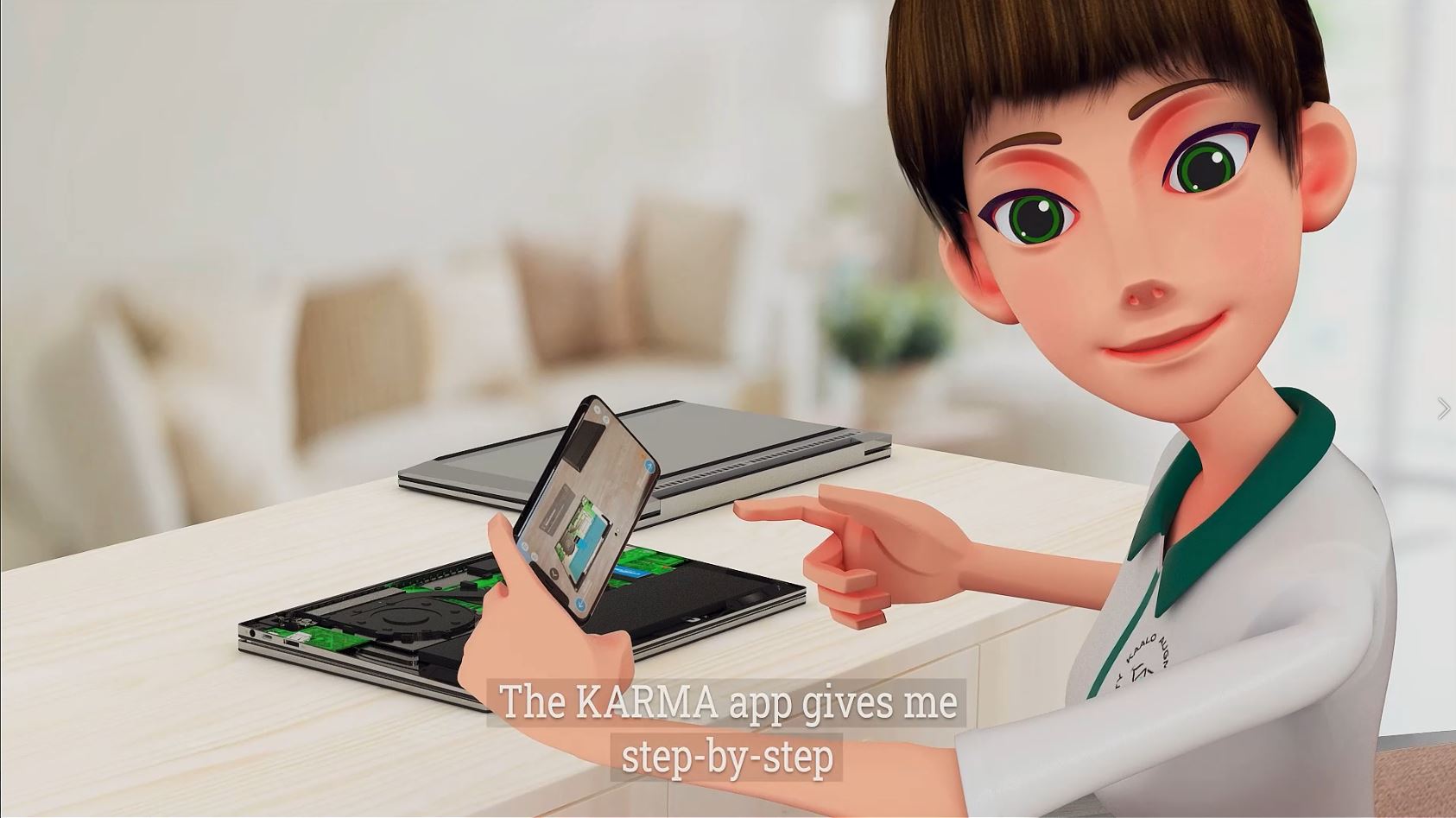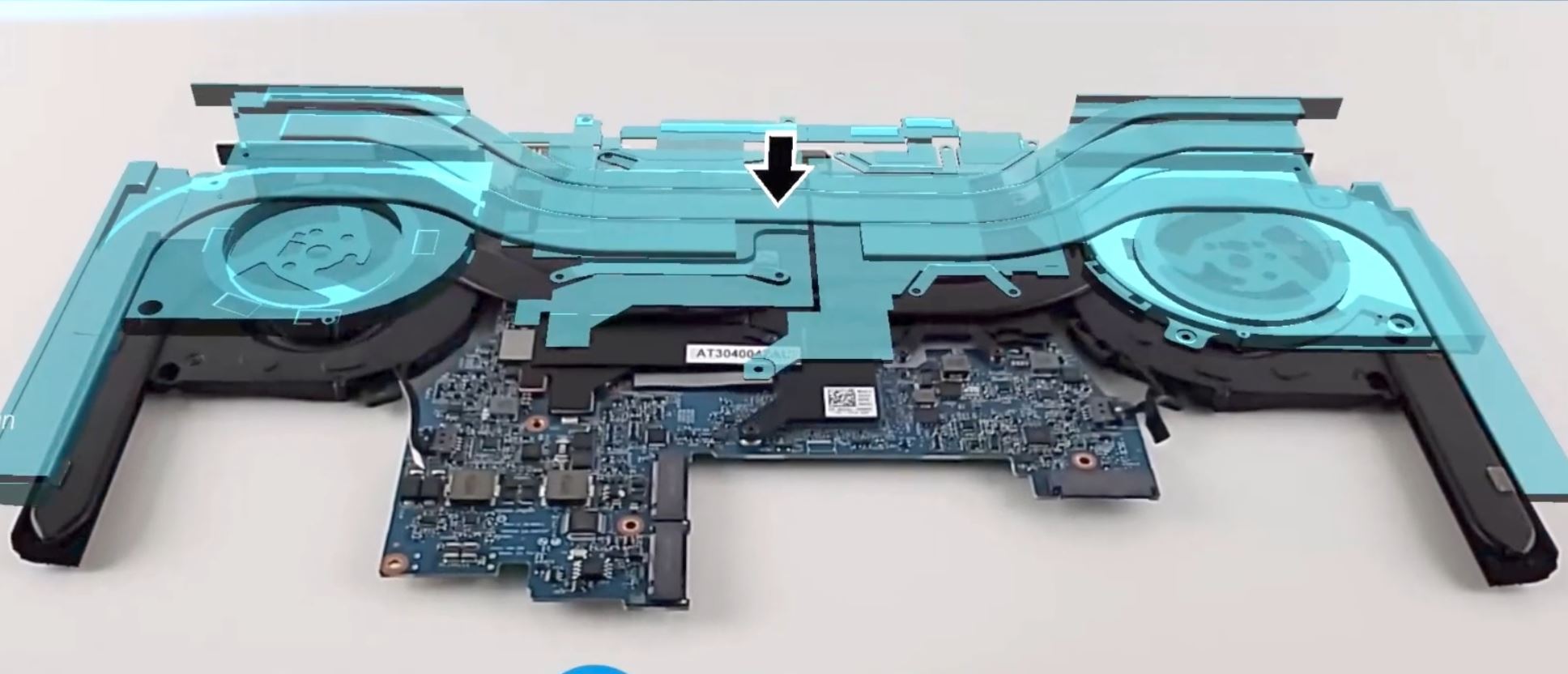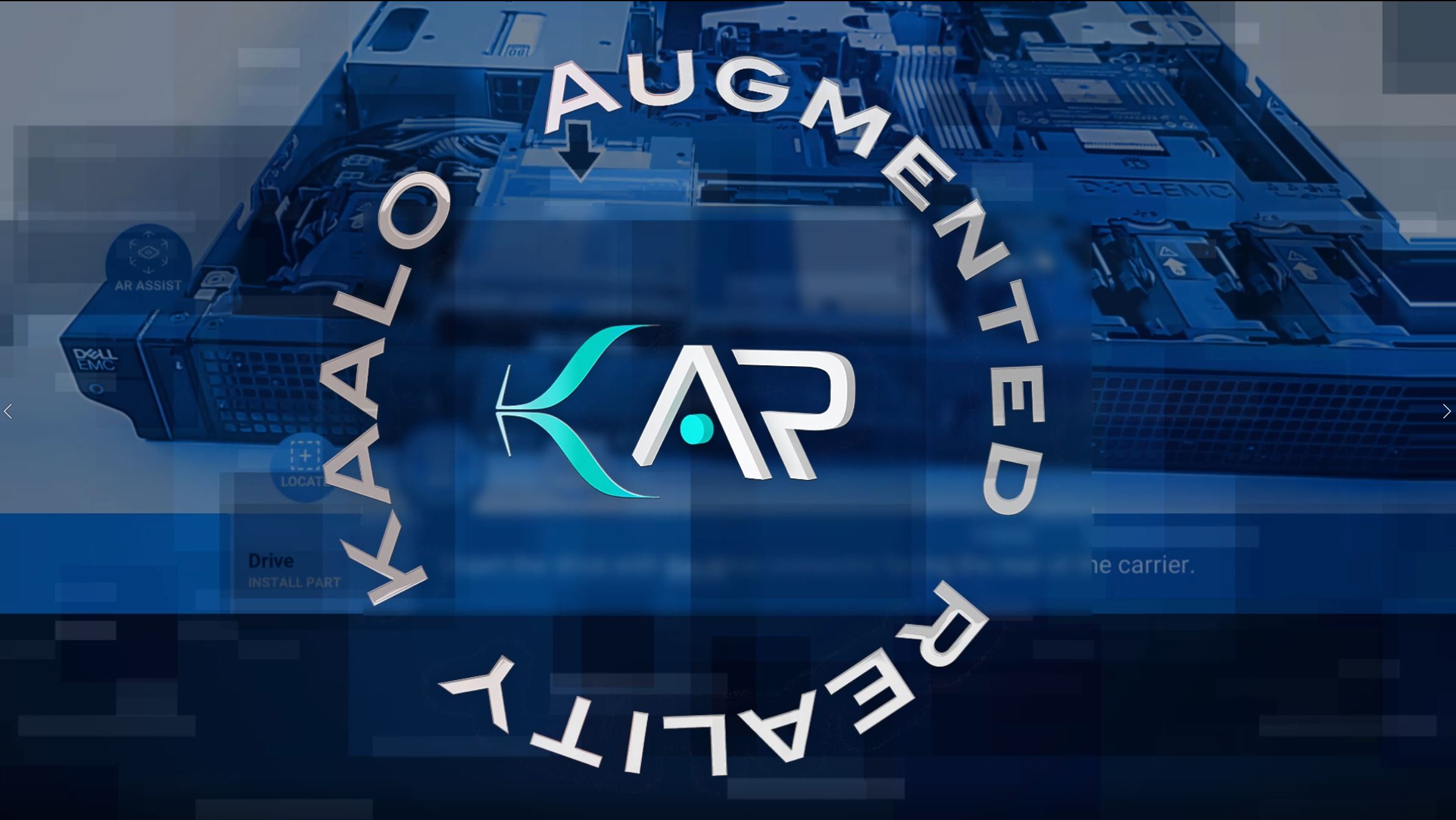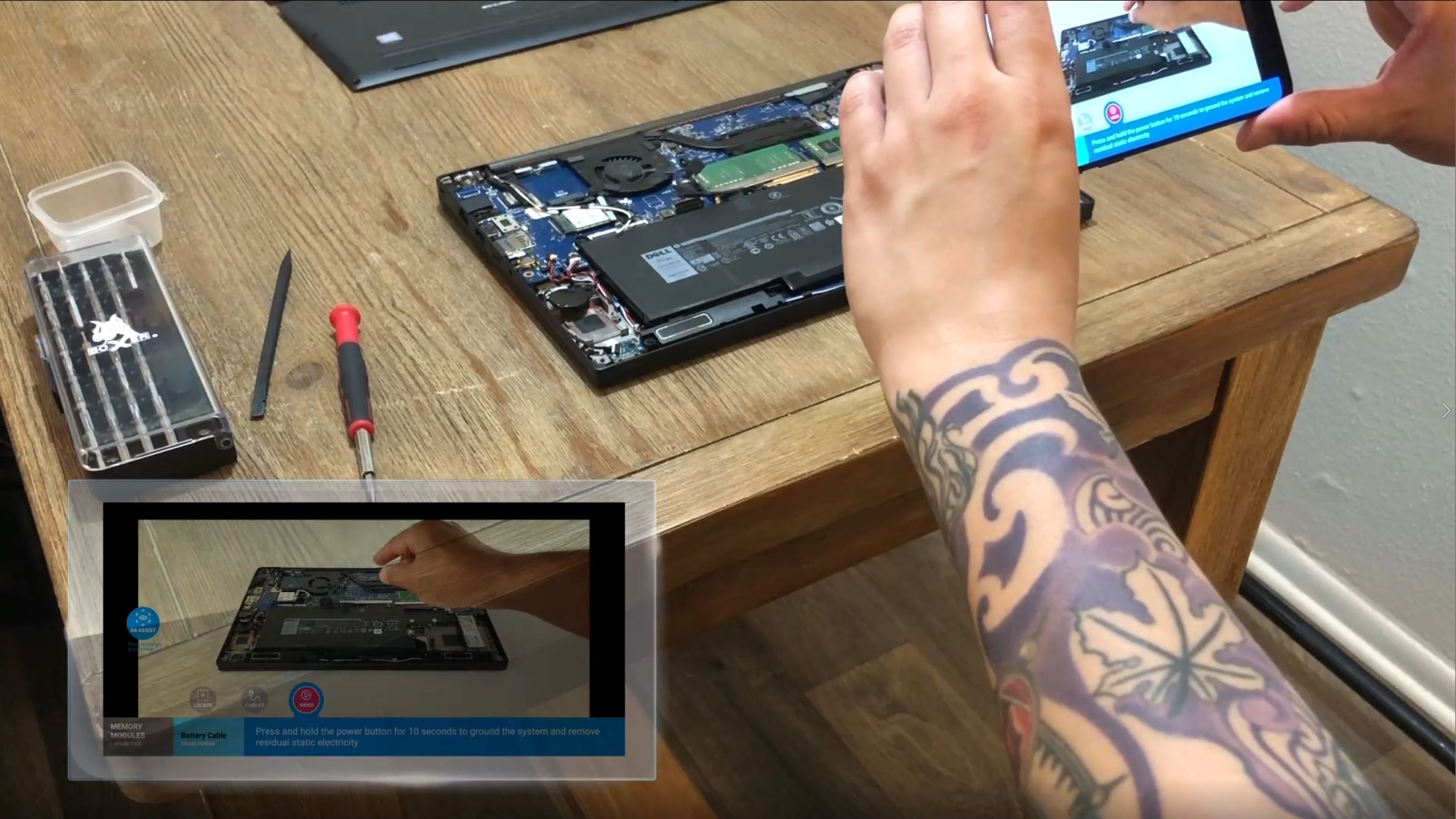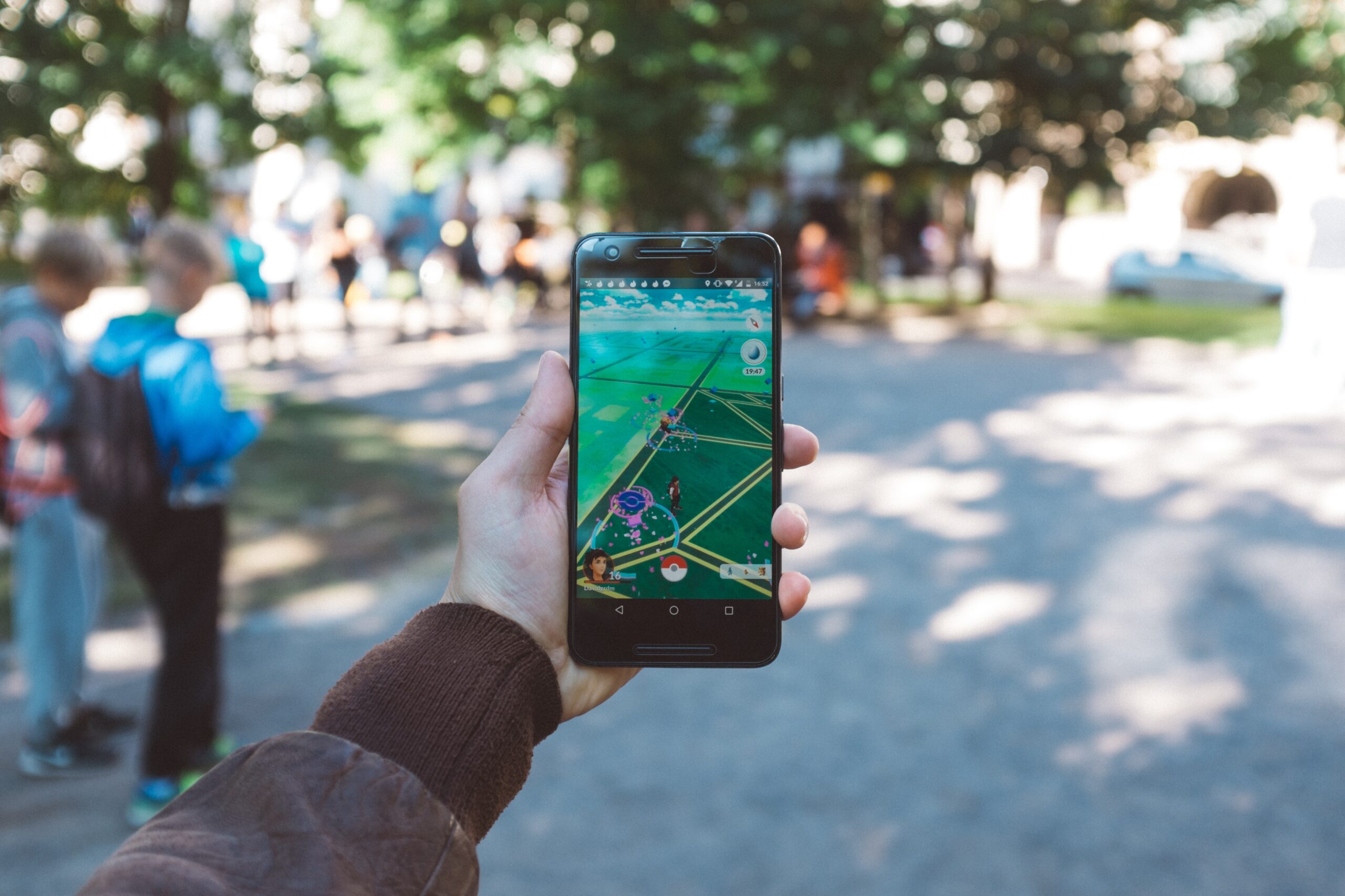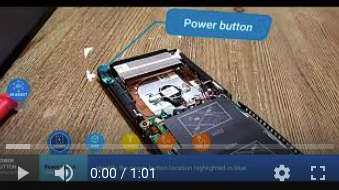“Did you know that I can view the contents in a box in 3D with or without the box in front of me? Hi! I am Lucas. The KARMA app takes the “out-of-box-experience” to a whole new level. I can preview the assembled product, the individual components, exploded views with detailed specifications, and much more just by pointing my phone to a surface. Now I can explore my purchase before it arrives and learn how it all goes together without fear or anxiety. Whether I am shopping online or at a retail store – KARMA takes the guesswork out of what’s in the box. I am a happy customer. Contact Kaalo and check it out.”
Meet Lucas. He, like many of us, buys products online and companies expect him to assemble parts together when the box arrives. The out-of-box experience is usually complicated and overwhelming. Not any more. Point your phone to any package and see the contents of the box, the assembly and user interface all in 3D animations, infographics, video and audio. Even after you have recycled your package, this AR information is available to you anytime on demand.
KARMA will soon become the standard for OOBE across all products. Whether you are assembling your Ikea furniture, installing appliances or buying a new laptop – you need not worry about how it all comes together. 😊
KARMA OOBE advantages:
1. Instant – works with or without the product package.
2. Accurate instructions – infographics and animations vetted by brand.
3. Easy to use – designed for all age groups with no prior experience.
4. Multilingual – available in multiple languages and with voiceover.
5. Ubiquitous – anybody with a phone has access to KARMA’s full functionality. No AR glasses or headgear needed.
Does your sales, marketing and OOBE team know about KARMA? Ask them to contact Kaalo at [email protected] 805.630.8267
#KaaloARManual#KARMA#OOBE#OutOfBoxExperience#Sales#Packagingdesign#CustomerExperience#Retail#Ecommerce
